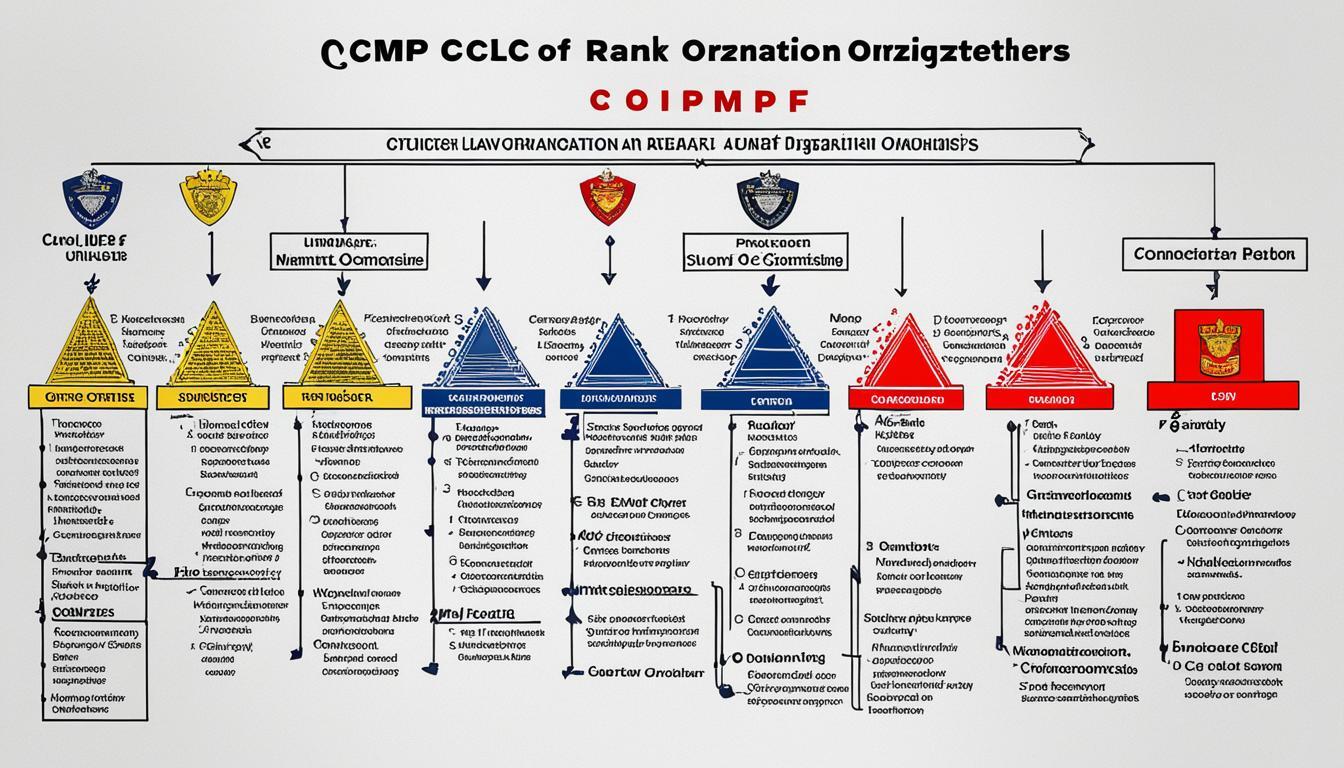How CrossFit Software Supports Wellness Programs in Law Enforcement and Public Service
Introduction: Wellness as an Operational Priority in Public Service
Occupational stress, physical strain, and sedentary routines are growing concerns in law enforcement and other public sector roles. While these professions demand high levels of physical readiness, ongoing access to structured wellness programs remains inconsistent.
Agencies across Canada are beginning to formalize wellness initiatives, combining fitness, mental health, and injury prevention into holistic programs. In this evolving landscape, tools like crossfit software are supporting a more organized, scalable approach to officer wellness.
The Connection Between Fitness and Operational Readiness
Physical fitness isn’t just about performance — it’s about resilience, longevity, and reduced injury rates. For RCMP officers, correctional staff, and first responders, maintaining physical health is tied directly to:
- On-the-job safety
- Mental health stability
- Reduced burnout and absenteeism
- Longer career viability
As CrossFit-style functional fitness gains popularity among tactical professionals, digital tools are emerging to help coordinate training and track outcomes.
What CrossFit Software Offers to Public Sector Wellness Programs
1. Structured Scheduling and Class Management
Departments offering on-site or subsidized fitness classes need reliable ways to manage scheduling. CrossFit software platforms provide:
- Centralized calendars
- Registration for group or individual sessions
- Attendance tracking
2. Performance Monitoring and Progress Reports
Tracking personal fitness milestones helps boost motivation and provides valuable data for program evaluation. Metrics like strength benchmarks, mobility improvements, or VO2 max scores can be stored and shared securely.
3. Community Engagement and Motivation
Group-based workouts like CrossFit foster camaraderie — something law enforcement and veteran communities value highly. Software-supported leaderboards, challenges, and messaging features keep participation levels high.
4. Mobile Accessibility for Shift-Based Roles
Shift workers can benefit from mobile apps that let them sign up, check schedules, or review workout programming on the go — ensuring equitable access to wellness programming.
Case Insight: A Municipal Police Department in Alberta
A police department in southern Alberta introduced a voluntary wellness initiative anchored around CrossFit methodology. Officers used gym passes subsidized through a municipal agreement and tracked their workouts using a mobile-friendly platform.
Key outcomes after six months:
- 41% increase in program participation
- Decrease in reported musculoskeletal injuries
- Positive feedback around peer motivation and goal setting
Considerations for Implementation
Before rolling out any tech-driven fitness solution, agencies should:
- Ensure data privacy compliance for health-related metrics
- Offer onboarding or training for staff unfamiliar with digital tools
- Integrate physical fitness with broader wellness offerings (e.g., counseling, nutrition)
Conclusion: Fitness Tools That Serve Those Who Serve
In professions where physical readiness is more than a lifestyle choice — it’s a job requirement — agencies must look beyond traditional wellness incentives.
Platforms like crossfit software offer a cost-effective, scalable way to formalize and manage tactical fitness programs that promote wellness, reduce injury risk, and build stronger team cohesion. As more public service agencies adopt these tools, they’re sending a clear message: supporting the well-being of those who serve is not just an option — it’s a priority.
References:
- Public Safety Canada – Occupational Health and Safety in Law Enforcement
- Canadian Institute for Public Safety Research and Treatment – Wellness Framework
- RCMP Veterans’ Association – National Wellness Initiatives
- crossfit software – Functional fitness platform for structured wellness programs
- The Role of Police in Community Safety & Unity - October 6, 2025
- Quebec Police Officer Salary Insights 2023 - July 13, 2025
- Canada Arrest Protocol: What Police Say Upon Arrest - June 12, 2025




















Post Comment